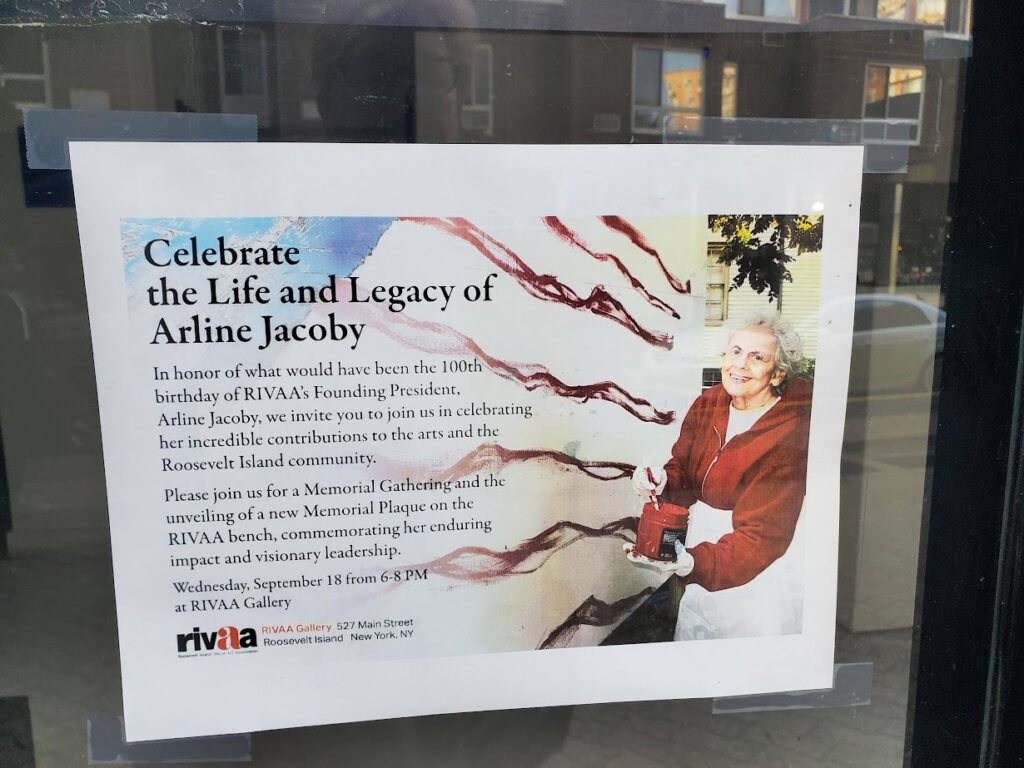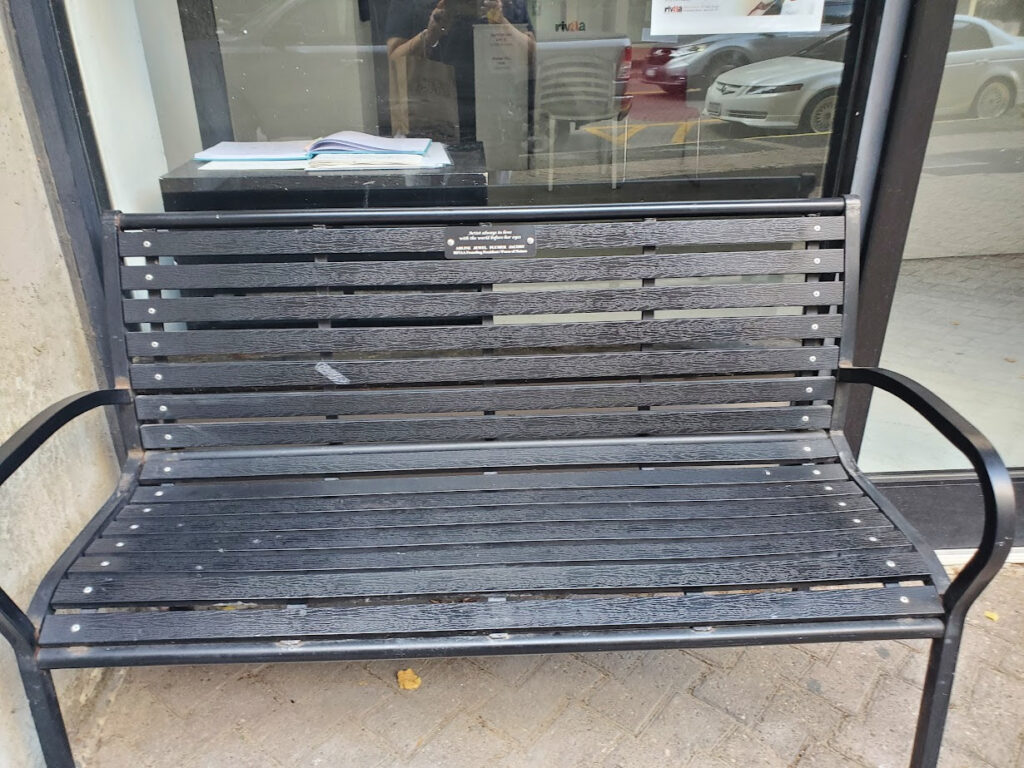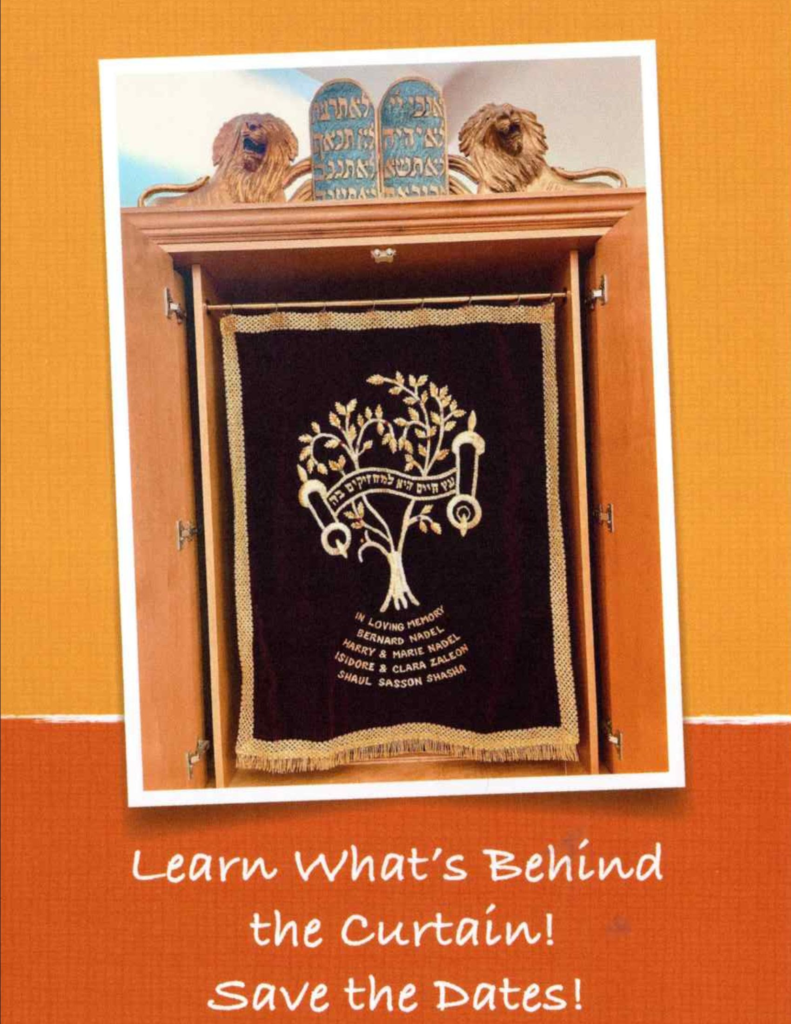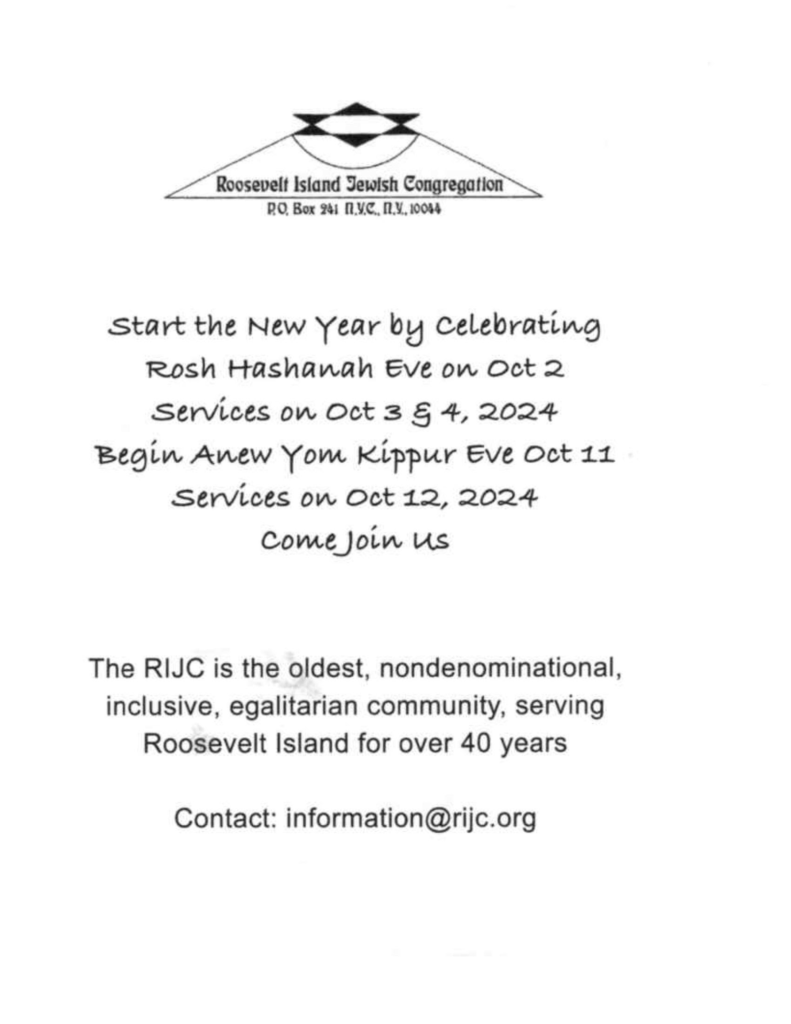Weekend, September 21-22, 2024 – A GRAND AUTO RACE



DO YOU RECEIVE CALENDARS FROM ORGANIZATIONS?
INSTEAD OF DISCARDING THEM, DONATE THEM TO THE
COLER RESIDENTS. THE CALENDARS ARE
GREATLY APPRECIATED
LEAVE THEM AT THE 531 MAIN STREET DOOR STATION FOR JUDITH BERDY
THANK YOU
THE GREAT AUTO RACE:
1908 NEW YORK TO PARIS
NEW YORK ALMANACK
Weekend, September 21-22, 2024
ISSUE # 1313
JUDITH BERDY
The Great Auto Race: 1908 New
York to Paris
September 20, 2024 by Kelly Yacobucci Farquhar

The 1908 New York to Paris Race crossed continents and was spoofed by Hollywood. The great international auto race traversed the United States and Asia, finally concluding the five-month contest in Paris.
At a time when the automobile industry was still in its infancy and superhighways were years in the future, this race was an event of epic proportions.
On February 12, 1908, six automobiles representing four countries embarked from Times Square in New York City. The event, sponsored by the New York Times and the French newspaper, Le Matin, attracted almost 250,000 spectators at the kick-off is is considered the longest motorsport event ever held.

Prior to the start of the race, a band in the grandstands played each participating nation’s anthem. America’s greatest adventurer President, Theodore Roosevelt, inaugurated the century’s greatest adventure.
The vehicles were decorated with flags, postcards and paraphernalia designating their respective country. An article in the Amsterdam Evening Recorder described the cars as the “queerest looking machines ever devised for motoring purposes.
With their heavy equipment of stores and camp utensils, they resemble an old prairie schooner. One resembled a hook and ladder truck, with long running boards on either side, equipped with axes, shovels, ropes and a dozen other articles.”
The drivers must have been a quite a sight as their “clothing… varied from black bear skins to the pure white fur outfit and head dress of a French team.” Although given the time of year and the topless design of the vehicles, it is no wonder they dressed as though in Siberia (through which the a later leg of the race would travel).
Given the time of year, they would often be traveling on snow-filled and mud-bogged roads. Gas stations few, there was often great distance between settled areas, and communication was poor. The motorists needed to be prepared for almost any situation they might have possibly encountered.
The American car, driven at the start by Montague Roberts, was a four cylinder, four speed, sixty horsepower 1907 Thomas Flyer manufactured by the E.R. Thomas Motor Company in Buffalo. The car was removed from the manufacturer’s showroom floor as a last-minute entry to the race, and equipped with extra gas tanks for the journey.
Traffic in Times Square had ceased a half-hour before the green flag. At the start of the race, the cars (three French, one German, one Italian, and one U.S.) left Times Square at Broadway and 42nd Street and headed north on the road to Albany.

The plan called for the automobiles to drive across New York State to Buffalo, go through Cleveland and Toledo in Ohio, Chicago to Omaha, Nebraska, through Reno to San Francisco.
It was intended, because the race began in February, that the teams would drive from San Francisco north through Seattle and cross the frozen Bering Straits from Alaska to Russia. However, the wintry weather proved some difficulty for the motorists.
According to the Amsterdam Evening Recorder, on the second day of the race, February 13th, three of the automobiles passed through Amsterdam, NY and the Mohawk Valley.
While the remaining three cars encountered heavy snowdrifts and ice in the Hudson Valley, the American, Italian and one of the French cars arrived in Montgomery County “over the Erie towpath” due to the heavy snow drifting in the roadways.
The American and Italian vehicles in the lead followed the pilot car, a 1908 Oldsmobile from Schenectady’s Stevenson & Swift garage, up the towpath.
When the pilot car turned onto River Street at the lower canal bridge, however, not realizing they reached their scheduled stopover in Amsterdam, the racers continued straight ahead. Once the drivers of the pilot car realized the error, they tried unsuccessfully to pursue the racers, instead hitting ice and skidding off an embankment.
The contestants eventually reached Fultonville, crossed the Mohawk River and spent the night in Fonda. Unfortunately, it’s still unknown where in Fonda they stayed over.

The driver of the third place French De Dion-Bouton car lodged at the Hotel Warner in Amsterdam, all continuing their journey through the Mohawk Valley the morning of the 14th.
Because there were no highways crossing the United States at that time, race contestants were forced to travel back roads, across creek beds, and even along the railroad ties of the Union Pacific Railroad.
It was fortunate if one of the members of their racing teams was a mechanic because contestants had to make their own repairs, and from accounts, the repairs were numerous.
People across the globe were hungry for reports of the contestants’ progress as journalists transmitting daily accounts back to their respective newspapers accompanied some of the teams. The accounts included reports on vehicle breakdowns, facing frontier bandits and encounters with wildlife.
Only three of the six original cars finished the 1908 race in Paris. The German car, Protos, arrived in Paris in July, four days before the American car, driven by New York native and E.R. Thomas employee, George Schuster.
The transcontinental race had taken approximately five months and over 22,000 miles to complete. Not, however, without controversy.
Because they rode the train rails (risking possible disqualification) from Ogden, Utah to Seattle, the German team received a penalty of fifteen days being added on to the length of their trip.

The American team, on the other hand, had fifteen days taken off of their time as a reward for attempting to take the original route from San Francisco up to Alaska before the wintry weather forced them back to Seattle to be shipped across the Pacific Ocean to Japan.
Ultimately, the American car was declared the winner.
The Thomas Flyer, after winning the race, disappeared for a number of years until collector Bill Harrah located the car in the 1950s and restored it. The vintage automobile is now exhibited at the National Auto Museum in Reno, Nevada.
As Schuster recounted tales of the race to his great-grandchildren, one of the highlights was lunching with “Buffalo Bill” Cody at his home in Nebraska.
Hollywood took a turn at depicting this event in the 1960s comedy film, The Great Race, starring Tony Curtis and Jack Lemmon.
HAVE A SEAT ON ARLINE’S BENCH, OUTSIDE GALLERY RIVAA



THE HIGH HOLIDAYS
ARE SOON.


CREDITS
Illustrations, from above: 1908 New York to Paris Race starting line in Times Square with De Dion-Bouton (in front), Protos and Motobloc; The New York car Thomas Flyer; Map of the route of the Great Race of 1908; the De Dion-Bouton car at Utica during the race; and the Thomas Flyer on display in Reno, Nevada.
A version of his essay fires appear on the website of he Montgomery County Department of History & Archives. Housed in the 1836 Old Courthouse, the department’s genealogical and historical research library contains a voluminous amount of records that are accessible to the public. Not a lending library, the Dept. of History & Archives welcomes visitors from all over the country in search of their heritage. Click here to make an appointment
NEW YORK ALMANACK
JUDITH BERDY
ESTHER COHEN
All image are copyrighted (c) Roosevelt Island Historical Society unless otherwise indicated
THIS PUBLICATION FUNDED BY DISCRETIONARY FUNDS FROM CITY COUNCIL MEMBER JULIE MENIN & ROOSEVELT ISLAND OPERATING CORPORATION PUBLIC PURPOSE FUNDS.


Copyright © 2024 Roosevelt Island Historical Society, All rights reserved.Our mailing address is:
rooseveltislandhistory@gmail.com

Leave a comment